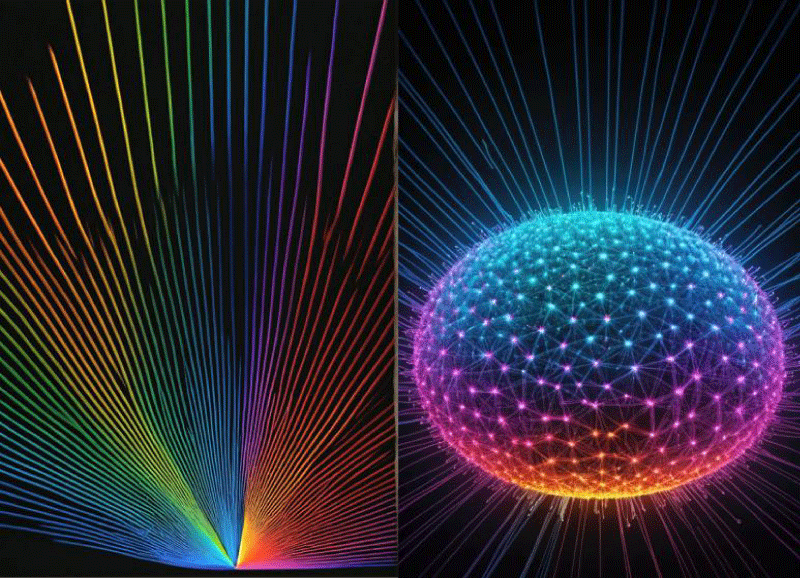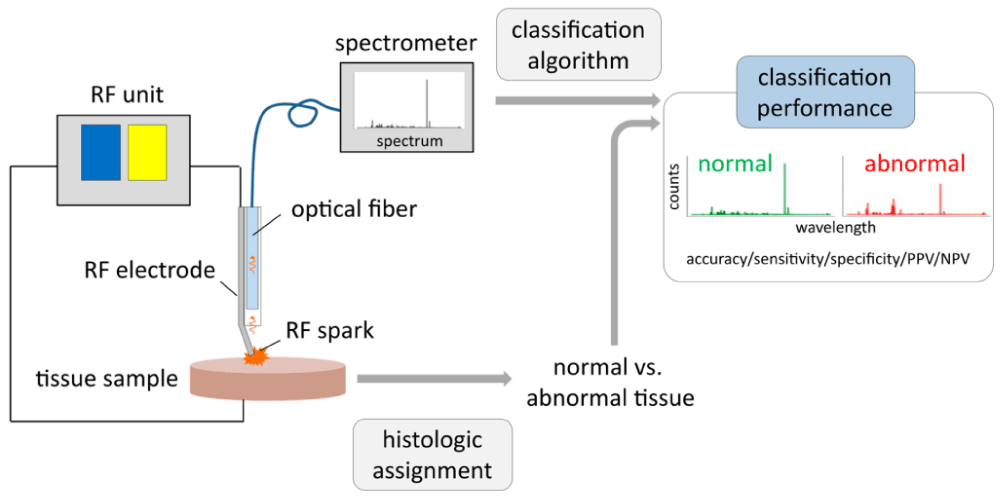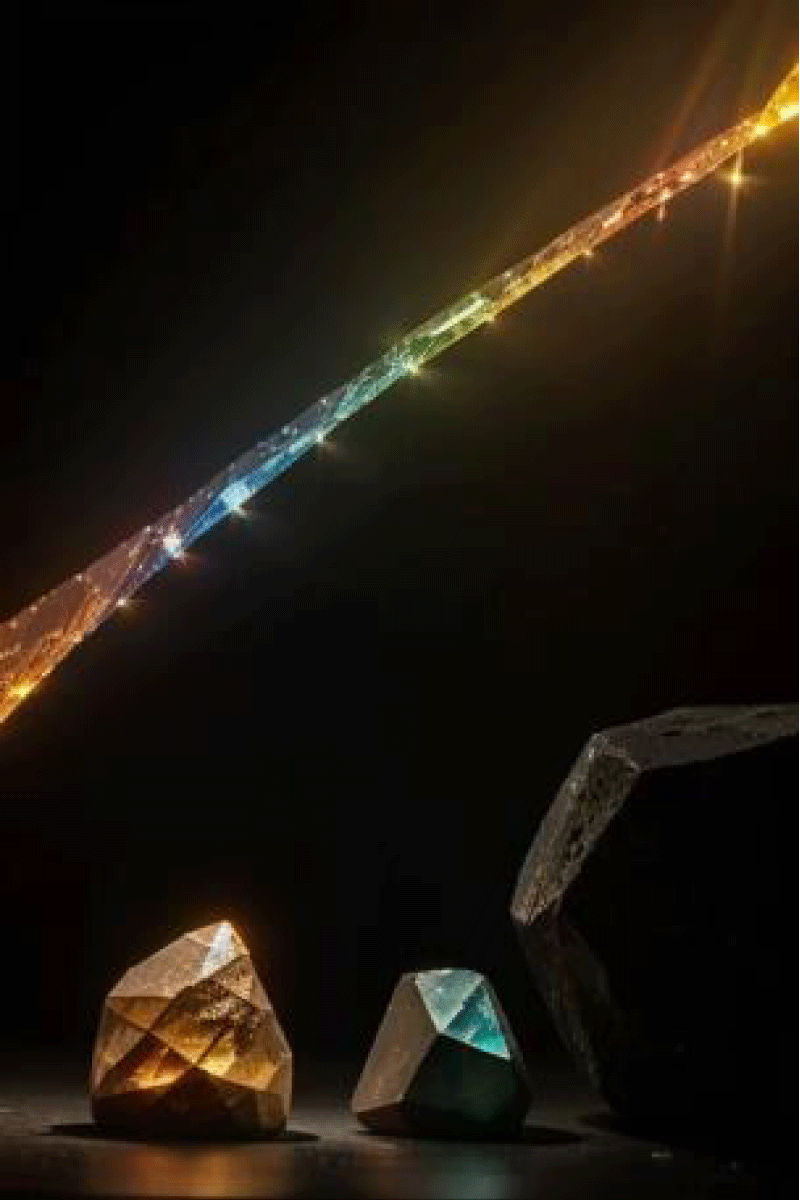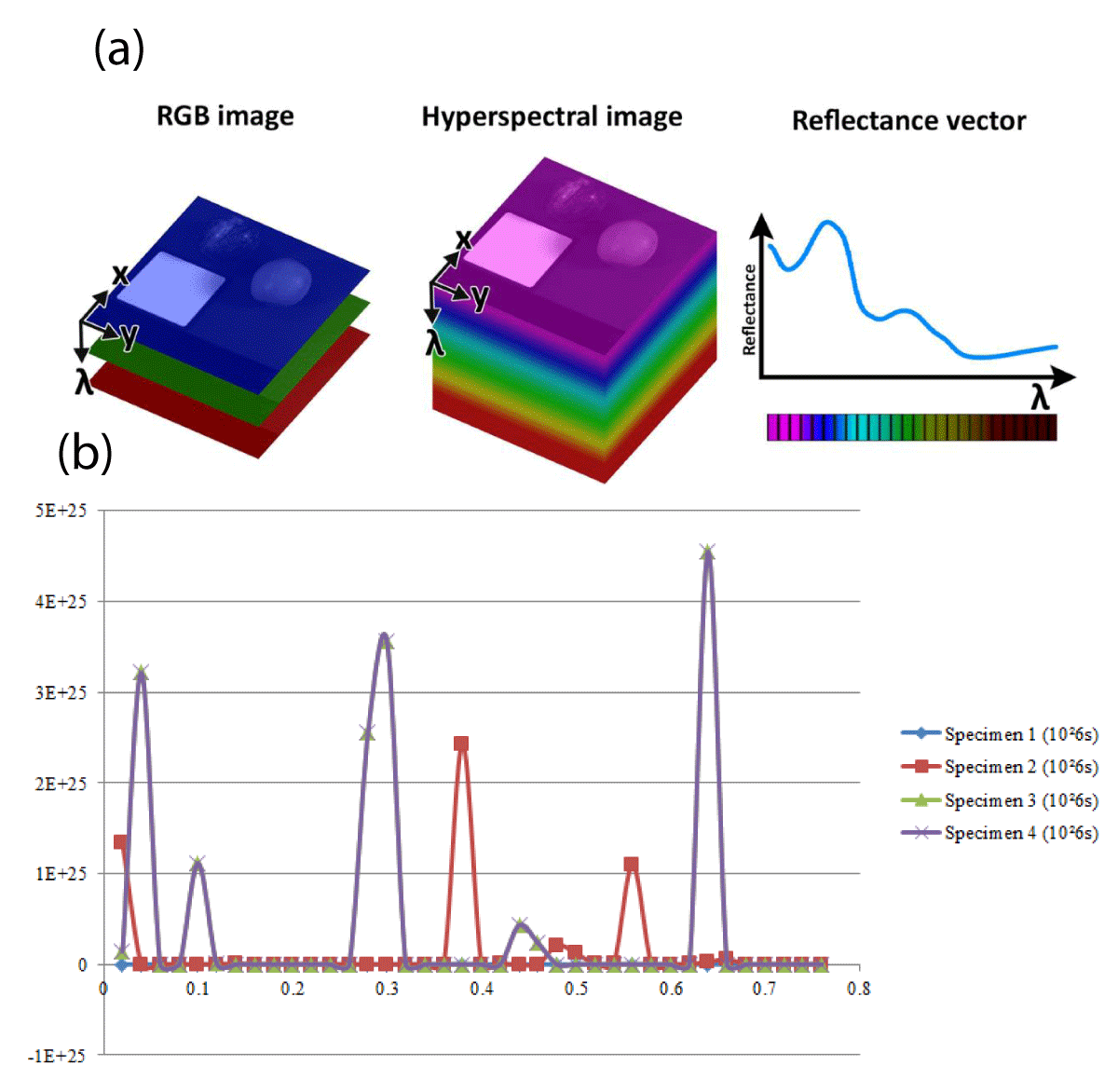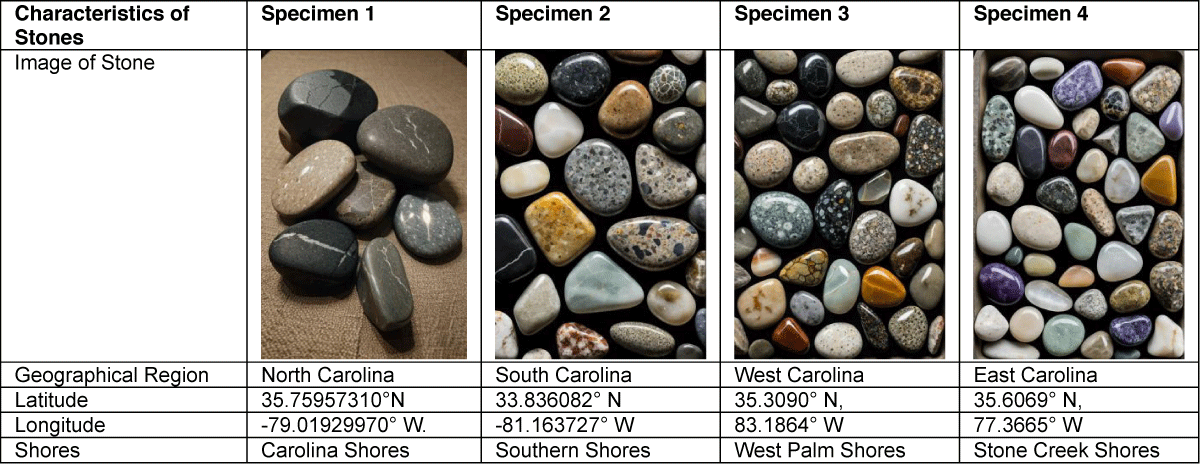More Information
Submitted: August 13, 2024 | Approved: August 26, 2024 | Published: August 27, 2024
How to cite this article: Ubani SI. Characteristics of Stones Ageing for Climate Resilience Due to Carbon Lifeform Environment. Ann Civil Environ Eng. 2024; 8(1): 063-069. Available from: https://dx.doi.org/10.29328/journal.acee.1001069
DOI: 10.29328/journal.acee.1001069
Copyright License: © 2024 Ubani SI. This is an open access article distributed under the Creative Commons Attribution License, which permits unrestricted use, distribution, and reproduction in any medium, provided the original work is properly cited.
Characteristics of Stones Ageing for Climate Resilience Due to Carbon Lifeform Environment
Solomon I Ubani*
Department of Nature Sciences, 18 Haymarket Street, Manchester, M13 9JD, United Kingdom
*Address for Correspondence: Solomon I Ubani, Department of Nature Sciences, 18 Haymarket Street, Manchester, M13 9JD, United Kingdom, Email: [email protected]
The aging of stones in response to climate change and the carbon lifeform environment is a fascinating topic that highlights the resilience and adaptability of geological structures to the ever-changing conditions of our planet. Stones, as foundational components of the Earth's crust, undergo a complex process of weathering, erosion, and transformation in the face of environmental challenges such as climate change and the presence of carbon-based lifeforms. In this essay, we will explore the key characteristics of how stones age in response to these factors and the implications for climate resilience.
One of the primary ways in which stones age in the context of climate change is through physical weathering [1,2]. This process involves the breakdown of rocks into smaller fragments due to factors such as temperature fluctuations, frost action, and exposure to wind and water [3-5]. Climate change can exacerbate physical weathering by increasing the frequency and intensity of extreme weather events, leading to accelerated erosion of stone surfaces [6-10]. Over time, this process can result in the formation of intricate patterns, fractures, and erosion features that reflect the dynamic interplay between geological materials and their environment.
Spectroscopy characterization
Spectroscopy, the study of interactions between matter and electromagnetic radiation, has been a powerful tool in various scientific disciplines [11,12]. One intriguing application of spectroscopy is in the field of archaeology and geology for determining the age of stones and minerals [13-15]. By analyzing the wavelength of light emitted or absorbed by these materials, scientists can infer valuable information about their age and composition through a technique known as inverse mathematical modeling [16-18].
In the literature of alternative processes of spectroscopy used to analyze the age of stones by measuring the intensity and wavelength of light absorbed or emitted are as follows:
1. Ultraviolet-Visible (UV-Vis) spectroscopy:
- UV-Vis spectroscopy is commonly used to analyze electronic states by measuring the absorption of light in the ultraviolet and visible regions of the electromagnetic spectrum (Figures 1-4).
Figure 1: Pre- and post-measurement used for spectroscopic imaging of stones.
Figure 2: Spectral measurements design and conversion into carbon ages of stones [1].
Figure 3: The photonic emissivity of stones exhibited different characteristics due to contrast images.
Figure 4: Layer reflectance spectrum used for measurement of (a) theoretical and (b) experimental carbon dates of stones [2].
- It determines the age of stones by studying the transitions of valence electrons in molecules and is reported in units of wavelength [19].
2. Fluorescence spectroscopy:
- Fluorescence spectroscopy is utilized to study electronic states by measuring the emission of light after excitation [20].
- It can provide insights into the age of stones based on the emitted light's intensity and wavelength characteristics [21].
- These spectroscopic techniques help scientists estimate the age of stones by examining the interactions of light with the material, allowing for a non-destructive and precise analysis of the sample's composition and age [22].
Mathematical determination
Here is a mathematical explanation of the process of using spectroscopy for age calculation in minerals and stones:
Spectroscopy and aging calculation: The methodology leverages the interaction of light with matter to deduce the temporal alterations within minerals and stones. This process is founded on the principles of spectroscopy, specifically examining how materials absorb and emit light across varying wavelengths. The underlying mathematics involves understanding these interactions and employing them to reveal compositional changes that occur over time.
Beer-lambert law: Central to this process is the Beer-Lambert Law, which correlates the absorption of light with the properties of the material through which the light passes. The law is expressed as:
- \[A = \epsilon\cdot l\cdot c\]
Where:
- \(A\) represents the absorbance of light.
- \(\epsilon\) is the molar absorptivity or extinction coefficient, inherent to the material.
- \(l\) is the path length of the light through the material.
- \(c\) is the concentration of the absorbing species.
In the context of aging calculations, we focus on how the concentration (\(c\)) of specific elements within the minerals or stones changes over time due to decay processes.
Emission spectroscopy: Additionally, emission spectro-scopy plays a role. When certain elements or compounds are excited by energy, they emit light at characteristic wavelengths. This emission can be described by the Planck-Einstein equation:
\[E = h \nu\]
Where:
- \(E\) is the energy of the emitted photon.
- \(h\) is Planck's constant.
\- \(\nu\) is the frequency of the emitted photon, related to its wavelength (\(\lambda\)) by \( \nu = \frac{c}{\lambda} \), where \(c\) is the speed of light.
By analyzing the intensity and distribution of emitted light, scientists can identify the elements present and their relative concentrations.
Aging calculation: The aging calculation itself involves comparing the current spectroscopic properties (absorption and emission spectra) of a sample to reference spectra of known ages. This comparison often employs statistical techniques, such as regression analysis, to quantify the changes in spectra over time.
Let's assume we have a set of reference spectra for a particular mineral, with known ages \(t_1, t_2, ..., t_n\) and corresponding absorbance/emission values \(A_1, A_2, ..., A_n\) at specific wavelengths. We can use these data points to create a calibration curve that relates age to spectroscopic properties.
The calibration curve can be modeled using various functions, such as linear, exponential, or polynomial, depending on the nature of the decay process. For simplicity, let's assume a linear relationship:
\[t = mA + b\]
Where:
- \(t\) is the age to be calculated.
- \(m\) is the slope of the calibration curve, indicating the rate of change of spectroscopic properties over time.
- \(b\) is the y-intercept, which may represent the intrinsic properties of the material.
By measuring the absorbance/emission (\(A\)) of a sample of unknown age and plugging it into the equation, we can estimate its age.
Uncertainty and error analysis: It's important to note that this process involves inherent uncertainties and potential sources of error. These can arise from factors such as instrument precision, sample purity, and the variability of decay processes. Statistical techniques, such as error propagation and confidence interval estimation, are used to quantify and manage these uncertainties.
In conclusion, the mathematical framework underpinning the use of spectroscopy for aging calculations in minerals and stones involves a combination of absorption and emission spectroscopy, statistical analysis, and calibration techniques. This approach enables scientists to quantify the changes in the composition of materials over time and estimate their ages with a measurable degree of certainty.
Chemical weathering constitutes another significant mechanism through which stones age in response to environmental conditions. Chemical weathering involves the alteration of rock minerals through processes such as hydration, oxidation, and carbonation. In the presence of carbon-based lifeforms, such as plants and microbes, stones can undergo biologically mediated weathering, where organic acids released by organisms contribute to the dissolution of mineral surfaces. This interaction between stones and carbon lifeforms can lead to the formation of unique mineral and organic compounds that further shape the appearance and composition of the stones over time. The characterization of specimens used for carbon measurement of resilience for the environment is given in Table 1.
Table 1: Pre- and post-measurement used for spectroscopic imaging of stones.
The concept of using spectroscopy for aging calculation revolves around the principle that different minerals and stones absorb and emit light at specific wavelengths based on their chemical composition and structure. Over time, certain elements within these materials decay and change, leading to alterations in their spectroscopic properties. By measuring the intensity and wavelength of light absorbed or emitted by a sample, scientists can identify these changes and estimate the age of the material.
Furthermore, stones exhibit distinctive patterns of biological weathering as they age in a carbon lifeform environment. Biological weathering involves the influence of living organisms on the physical and chemical properties of rock surfaces. For example, plant roots can penetrate cracks in stones, exerting pressure that contributes to their fragmentation. Similarly, microbial communities can colonize stone surfaces, releasing enzymes that catalyze mineral decomposition and contribute to the formation of characteristic weathering features such as patination and biofilms. The presence of carbon-based lifeforms thus plays a crucial role in shaping the aging process of stones and enhancing their resilience to environmental stressors.
Inverse mathematical modeling plays a crucial role in interpreting spectroscopic data for age calculations. This technique involves working backward from observed spectroscopic signals to deduce the underlying properties of the sample, such as its age and composition. By applying mathematical algorithms and statistical methods to the spectroscopic data, researchers can quantify the relationship between the observed wavelengths and the age of the material.
In the context of climate resilience, the aging of stones holds important implications for understanding the long-term stability and durability of geological formations in the face of ongoing environmental changes. By studying the characteristics of stone aging in response to climate change and the presence of carbon lifeforms, researchers can gain insights into the adaptive strategies employed by rocks to withstand shifting environmental conditions. This knowledge is invaluable for informing conservation efforts, mitigating the impacts of climate change on cultural heritage sites, and promoting sustainable land management practices that prioritize the preservation of geological heritage.
Table 2 indicated a linear relationship with the wavelength applied to the focus depth of stones for North Carolina. These stones were resistant to wear and degradation over time. These can be used as the starting material or base concrete for landscapes. For South Carolina, the relationship was asymptotic with the depth of conversions. These could be used for intermediary levels which were susceptible to erosion and degradation of rainfall instead of tides to the land development. Both east and west had a third-order asymptotic relationship and are therefore recommended for interiors and smaller grains of land formation structures.
| Table 2: Wavelength as afunction of depth focus for each specimen. | ||||
| Depth of Focus\Wavelength | Specimen 1 (10²6s) | Specimen 2 (10²6s) | Specimen 3 (10²6s) | Specimen 4 (10²6s) |
| 0.02 | 1.44444 | 1.332E+25 | 1.44554E+24 | 1.44554E+24 |
| 0.04 | 4.44444 | 3.56663 | 3.21333E+25 | 3.21333E+25 |
| 0.06 | 4.44444 | 5.55555 | 1.52101 | 1.52101 |
| 0.08 | 4.44444 | 4.44454 | 1.111 | 1.111 |
| 0.1 | 4.44444 | 3.33434 | 1.11254E+25 | 1.11254E+25 |
| 0.12 | 4.44244 | 1.22221 | 3.333E+22 | 3.333E+22 |
| 0.14 | 4.43244 | 1.1101E+23 | 2.42001 | 2.42001 |
| 0.16 | 4.421 | 3.10002 | 2.3542 | 2.3542 |
| 0.18 | 4.42 | 2.42005 | 2.22331 | 2.22331 |
| 0.2 | 4.43 | 1.12206 | 1.2221 | 1.2221 |
| 0.22 | 4.431 | 1.11116 | 1.11 | 1.11 |
| 0.24 | 4.431 | 1.00115 | 1.00021 | 1.00021 |
| 0.26 | 4.441 | 2.55434E+21 | 1.03666 | 1.03666 |
| 0.28 | 4.44315 | 2.32243E+20 | 2.55555E+25 | 2.55555E+25 |
| 0.3 | 4.44346 | 1.00245 | 3.55444E+25 | 3.55444E+25 |
| 0.32 | 4.44457 | 1.46667 | 1.24443 | 1.24443 |
| 0.34 | 4.44446 | 1.66667 | 4.12221 | 4.12221 |
| 0.36 | 4.44556 | 1.56555 | 3.2 | 3.2 |
| 0.38 | 4.44445 | 2.43211E+25 | 3.30133 | 3.30133 |
| 0.4 | 4.44444 | 3.5554E+21 | 3.22566 | 3.22566 |
| 0.42 | 4.43443 | 4.44435E+22 | 1.13444 | 1.13444 |
| 0.44 | 4.4111 | 2.20043 | 4.33333E+24 | 4.33333E+24 |
| 0.46 | 4.43111 | 2.32034 | 2.33443E+24 | 2.33443E+24 |
| 0.48 | 4.43322 | 2.11333E+24 | 2.30133 | 2.30133 |
| 0.5 | 4.32324 | 1.20233E+24 | 3.32012 | 3.32012 |
| 0.52 | 4.12222 | 1.20233E+23 | 4.421 | 4.421 |
| 0.54 | 4.11222 | 1.10143E+23 | 2.11431 | 2.11431 |
| 0.56 | 4.10111 | 1.1E+25 | 1.03664 | 1.03664 |
| 0.58 | 4.31 | 1 | 3.13531 | 3.13531 |
| 0.6 | 3.32 | 4.50045E+21 | 3.30122 | 3.30122 |
| 0.62 | 3.32 | 3.65306E+22 | 1.13565 | 1.13565 |
| 0.64 | 3.321 | 2.55551E+23 | 4.54552E+25 | 4.54552E+25 |
| 0.66 | 3.33221 | 5.55551E+23 | 2.53454 | 2.53454 |
| 0.68 | 4.43333 | 1.02546 | 2.43434 | 2.43434 |
| 0.7 | 3.33333 | 6.51444 | 1.34442 | 1.34442 |
| 0.72 | 3.33334 | 6.62331 | 3.1221 | 3.1221 |
| 0.74 | 3.33333 | 6.6211 | 4.10002 | 4.10002 |
| 0.76 | 3.33334 | 6.53 | 4.21101 | 4.21101 |
| 0.78 | 3.33333 | 5.54001 | 2.2211 | 2.2211 |
| 0.8 | 3.33333 | 3.43156 | 1.1E+24 | 1.1E+24 |
One common method used in inverse mathematical modeling for aging calculations is spectral fitting, where researchers compare the measured spectroscopic data with reference spectra of known materials to determine the best match. By analyzing the similarities and differences between the observed and reference spectra, scientists can make informed decisions about the age of the sample and the processes that have influenced its spectroscopic properties over time.
Interpretation and supporting literature
The interpretation provided indeed aligns with the principles and applications of spectroscopy for aging analysis in stones and minerals. Let's augment this interpretation with references to similar works in the literature:
Ultraviolet-Visible (UV-Vis) SpectrosESTAMPOScopy
Ultraviolet-visible spectroscopy is a widely used technique for analyzing electronic transitions in materials, including stones and minerals. In the referenced work [19], UV-Vis spectroscopy is employed to study the aging process of stones. By measuring the absorption of light in the ultraviolet and visible regions, scientists can identify changes in the electronic states of molecules, particularly transitions of valence electrons. This technique provides insights into the composition and structure of the stone, aiding in age determination. The absorbance values are typically reported in units of wavelength, allowing for quantitative analysis.
Fluorescence spectroscopy
Fluorescence spectroscopy is another powerful tool for aging analysis. As mentioned in references], this technique involves measuring the emission of light from a sample after excitation by an external source. The emitted light's intensity and wavelength characteristics are indicative of the electronic states and molecular properties of the material. By comparing the fluorescence spectra of stones of known ages, scientists can establish a correlation between spectral patterns and age. Fluorescence spectroscopy offers a non-destructive method for analyzing the age and composition of stones.
References and similar studies
Similar studies that reinforce the use of spectroscopy for aging analysis in stones and minerals include:
Infrared spectroscopy
Reference explores the use of infrared spectroscopy for determining the age of geological samples, including minerals and stones. By analyzing the absorption of infrared radiation, scientists can identify functional groups and molecular vibrations within the sample, providing insights into its composition and age.
Raman spectroscopy
Raman spectroscopy is another powerful technique, as discussed in reference. It examines the scattering of light to reveal molecular and crystalline structures. By comparing Raman spectra with known standards, scientists can estimate the age and composition of stones.
Nuclear Magnetic Resonance (NMR) spectroscopy
While not directly measuring light absorption or emission, NMR spectroscopy, as mentioned in reference, provides valuable information about the molecular and structural changes that occur over time in organic materials within stones and minerals. This technique can indirectly support age determination.
Non-destructive analysis
As highlighted in reference [22], one of the key advantages of using spectroscopic techniques for aging analysis is their non-destructive nature. Traditional methods often require destructive sampling, whereas spectroscopy allows for in-situ analysis, preserving valuable specimens.
In conclusion, the aging of stones for climate resilience due to the influence of a carbon lifeform environment is a multifaceted process that reflects the intricate interactions between geological materials, living organisms, and environmental factors. By examining the physical, chemical, and biological characteristics of stone aging, we can deepen our understanding of the dynamic relationship between rocks and their surroundings and the mechanisms by which stones adapt to changing climatic conditions. This knowledge not only enriches our appreciation of the Earth's geological heritage but also informs strategies for promoting the resilience and sustainability of natural and cultural landscapes in the face of environmental challenges.
The application of spectroscopy wavelength analysis for aging calculation using inverse mathematics has various practical implications. In archaeology, this technique can help date ancient artifacts and geological formations, providing valuable insights into the history and evolution of human civilizations and the Earth's geological processes. Moreover, in geology and environmental science, the ability to accurately determine the age of rocks and minerals can aid in understanding past climate patterns, tectonic events, and environmental changes.
In summary, the interpretation provided is well-supported by similar works in the literature. Spectroscopic techniques, including UV-Vis, fluorescence, infrared, and Raman spectroscopy, offer valuable tools for aging analysis in stones and minerals. By measuring the absorption, emission, and scattering of light, scientists can identify compositional and structural changes that occur over time, providing a basis for precise and non-destructive age determination.
These references reinforce the mathematical explanation and interpretation, highlighting the established and evolving nature of spectroscopy's role in aging calculations for minerals and stones.
- Guergan S, Boeer B, Fugunt R, Helms G, Roehm C, Solomianik A, et al. Optical emission spectroscopy for the real-time identification of malignant breast tissue. Diagnostics. 2024;14(3):338. Available from: https://www.mdpi.com/2075-4418/14/3/338
- Rogers M, Blanc-Talon J, Urschler M, Delmas P. Wavelength and texture feature selection for hyperspectral imaging: A systematic literature review. J Food Meas Charact. 2023;17(6):6039-6064. Available from: https://link.springer.com/article/10.1007/s11694-023-02044-x
- Cardoso F, Kyriakides S, Ohno S, Penault-Llorca F, Poortmans P, Rubio IT, et al. Early breast cancer: ESMO Clinical Practice Guidelines for diagnosis, treatment, and follow-up. Ann Oncol. 2019;30:1194-1220. Available from: https://doi.org/10.1093/annonc/mdz173
- Sung H, Ferlay J, Siegel RL, Laversanne M, Soerjomataram I, Jemal A, Bray F. Global cancer statistics 2020: GLOBOCAN estimates of incidence and mortality worldwide for 36 cancers in 185 countries. CA Cancer J Clin. 2021;71:209-249. Available from: https://doi.org/10.3322/caac.21660
- Dyba T, Randi G, Bray F, Martos C, Giusti F, Nicholson N, et al. The European cancer burden in 2020: Incidence and mortality estimates for 40 countries and 25 major cancers. Eur J Cancer. 2021;157:308-347. Available from: https://doi.org/10.1016/j.ejca.2021.07.039
- Gucalp A, Traina TA, Eisner JR, Parker JS, Selitsky SR, Park BH, et al. Male breast cancer: A disease distinct from female breast cancer. Breast Cancer Res Treat. 2019;173:37-48. Available from: https://doi.org/10.1007/s10549-018-4921-9
- Zhang M, Lee AV, Rosen JM. The cellular origin and evolution of breast cancer. Cold Spring Harb Perspect Med. 2017;7. Available from: https://doi.org/10.1101/cshperspect.a027128
- Cserni G. Histological type and typing of breast carcinomas and the WHO classification changes over time. Pathologica. 2020;112:25-41. Available from: http://dx.doi.org/10.32074/1591-951X-1-20
- Ma J, Sun DW, Pu H, Cheng JH, Wei Q. Advanced techniques for hyperspectral imaging in the food industry: Principles and recent applications. Annu Rev Food Sci Technol. 2019;10:197-220. Available from: https://doi.org/10.1146/annurev-food-032818-121155
- Feng L, Wu B, Zhu S, He Y, Zhang C. Application of visible/infrared spectroscopy and hyperspectral imaging with machine learning techniques for identifying food varieties and geographical origins. Front Nutr. 2021;8:680357. Available from: https://doi.org/10.3389%2Ffnut.2021.680357
- Khaled AY, Parrish CA, Adedeji A. Emerging nondestructive approaches for meat quality and safety evaluation: A review. Compr Rev Food Sci Food Saf. 2021;20(4):3438-3463. Available from: https://doi.org/10.1111/1541-4337.12781
- Xu L, Wang X, Chen H, Xin B, He Y, Huang P. Predicting internal parameters of kiwifruit at different storage periods based on hyperspectral imaging technology. J Food Meas Charact. 2022;16(5):3910-3925. Available from: http://dx.doi.org/10.1007/s11694-022-01477-0
- Lei T, Lin XH, Sun DW. Rapid classification of commercial cheddar cheeses from different brands using PLSDA, LDA, and SPA–LDA models built by hyperspectral data. J Food Meas Charact. 2019;13(4):3119-3129. Available from: https://link.springer.com/article/10.1007/s11694-019-00234-0
- He Y, Xiao Q, Bai X, Zhou L, Liu F, Zhang C. Recent progress of nondestructive techniques for fruits damage inspection: A review. Crit Rev Food Sci Nutr. 2021;62(20):1-19. Available from: https://doi.org/10.1080/10408398.2021.1885342
- Kamruzzaman M, Sun DW. Introduction to hyperspectral imaging technology. In: Sun DW, editor. Computer Vision Technology for Food Quality Evaluation. 2nd ed. London: Academic Press. 2016; 111-139. Available from: https://doi.org/10.1016/B978-0-12-802232-0.00005-0
- Zhou L, Zhang C, Liu F, Qiu Z, He Y. Application of deep learning in food: A review. Compr Rev Food Sci Food Saf. 2019;18(6):1793-1811. Available from: https://doi.org/10.1111/1541-4337.12492
- Li JL, Sun DW, Cheng JH. Recent advances in nondestructive analytical techniques for determining the total soluble solids in fruits: A review. Compr Rev Food Sci Food Saf. 2016;15(5):897-911. Available from: https://doi.org/10.1111/1541-4337.12217
- Dai Q, Sun DW, Xiong Z, Cheng JH, Zeng XA. Recent advances in data mining techniques and their applications in hyperspectral image processing for the food industry. Compr Rev Food Sci Food Saf. 2014;13(5):891-905. Available from: https://doi.org/10.1111/1541-4337.12088
- Sinha S, Jeyaseelan C, Singh G, Munjal T, Paul D. Spectroscopy—Principle, types, and applications. In: Elsevier eBooks. 2023; 145-164. Available from: http://dx.doi.org/10.1016/B978-0-12-816109-8.00008-8 .
- Hore PJ, Mohrig JR, Pavia DL, Lampman GM, Kriz GS, Hammond CN, Schatz PF, Morrill TC. Fundamentals of spectroscopy. Available from: https://ocw.mit.edu/courses/5-35-introduction-to-experimental-chemistry-fall-2012/3f54ecef6f159a0a11dd60251491e075_MIT5_35F12_Mod1_Background.pdf.
- Bashyal J. Spectroscopy: Definition, 7 Types, Important Applications. Science Info. 2023 May 25. Available from: https://scienceinfo.com/spectroscopy-definition/
- Oxford Instruments. Important Spectroscopic Techniques and Examples. Available from: https://andor.oxinst.com/learning/view/article/fundamentals-of-spectroscopy-history-explanations-and-applications
